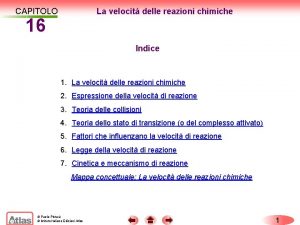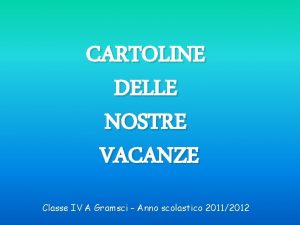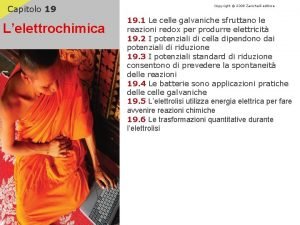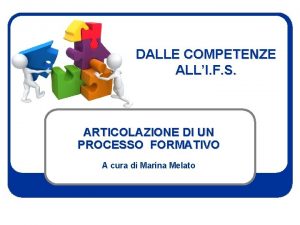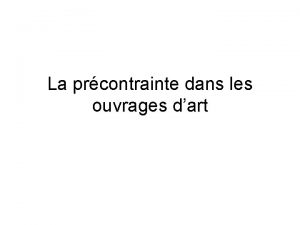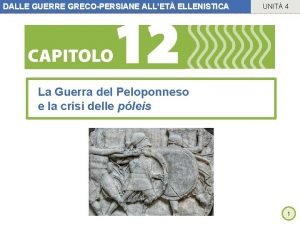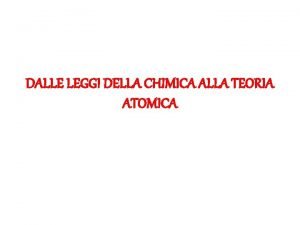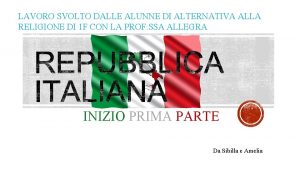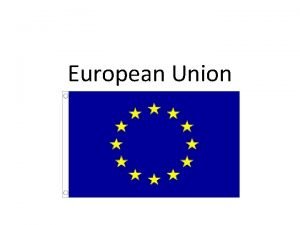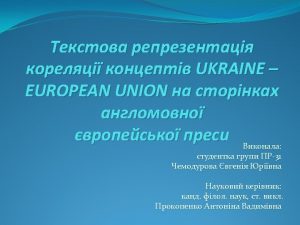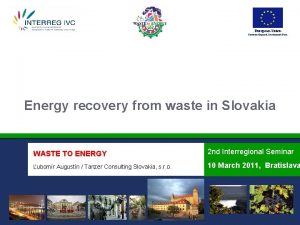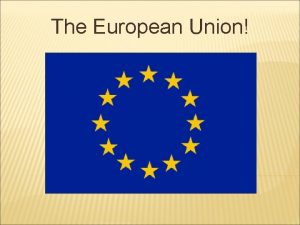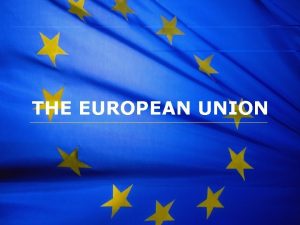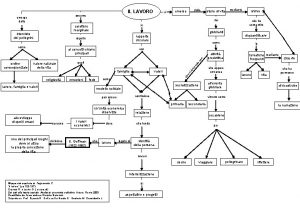The European Union Sviluppato dalle alunne di VCL









- Slides: 9

The European Union Sviluppato dalle alunne di V^CL. T. : Cannone Giulia, De Pascale Maria Cristina, Di Tuccio Francesca, Filyuk Iryna, Rauseo Francesca, Spada Silvia, Strazzella Federica, Tucci Rossella.

Historical origins The idea of a European unification dates back to the nineteenth century, at the end of World War II, when Europe was divided into 2 blocks: the western block, subject to the United States; and the eastern block, subject to Soviet control. That was the period of reconstruction, which not only involved the material restructuring of public and private buildings, but also included a moral attempt to lay down the groundwork for a resumption of European unity and for a future of peace and cooperation among States. The European States were too small to ensure progress and welfare to their citizens : a federation among them was needed. So states had to give up limited areas of their sovereignty in order to provide for issues of common interest: that process was called functionalism.

The stages of the European Union 1951 The French Foreign Minister Robert Schuman and Jean Monnet dreamt of a community that eventually shared the coal and steel resources among them. With the Treaty of Paris, signed by France, German, Italy, Belgium, Luxembourg and Netherlands, the European Coal and Steel Community was established. 1955 The Belgian Foreign Minister Paul Henri Spaak proposed to abolish duties between the Member State and to adopt common tarriffs towards countries outside the community: the main goal was to create a common market. With the signing in Rome in 1957 the European Economic Community and the European Atomic Energy Community.

The European Economic Community named a confederation of states which economically enjoyed a common market. Harmonization Balance the economic development 1967 The European Commun market is realised. Duties between the «SIX» were abolished. 1992 The Maastricht Treaty: its purpose was to create an economical, monetary and political union to influence society and promote equal conditions between citizens and goverments from different States. The EUROPEAN UNION was born.

The single European market In 1993 the single European market was established. It introduced full freedom of movement for goods, services, companies, capital and people within the countries of the Community, within no more fiscal, physical and technical obstacles. The Schengen Agreement To promote the free movement of European citizens, in 1985 an agreement on the abolition of border controls was signed in Schengen. It was joined initially by the Europe of the six, then other countries adhered. The abolition of border controls may give rise to dangers, such as those related to terrorism and illegal immigration. So, the Schengen Convention provides for cooperation among the police forces of the adhering States, with the possibility to pursue a wanted person even in neighbouring countries. An integrated database shared among police agencies, called SIS (Schengen Information System) was set up, enabling real-time alerts on suspicious people and traffic, based on mutual judiciary assistance and cooperation against drugs.

The enlargement of the european UNion After the Europe of the Six, Europe expanded until in 2007 and it became the Europe of the Twenty-seven, that we know today. To be admitted into the European Union each country have to respect criteria established in 1993 at the Copenhagen Council. These are essentialy : Ø Respect for human rights; Ø Guarantee of democratic governance of the State; Ø Protection of minorities; Ø Economic effiency; Ø Endorsement and enactment of the Comunity acquis. In 2007 was signed the Lisbon Treaty and in 2009 it came into force. It provides for a wide modernization of institutions, a strenghtening of Community social policies and recognition of the binding nature of human rights.

THE COUNCIL OF MINISTERS IT IS THE DESICION – MAKING BODY OF THE EUROPEAN COMMUNITY, AND IT IS SET IN BRUSSELS FUNCTIONS AND COMPOSITION: -It can adopt the Community legislation in cooperation with the European Parliament -It coordinates the Community’s economic policies -it is composed by one minister per each Member State, and he can change according to the issues to be discussed DECISIONS: -The decisions are made by unanimity when they concern matters of particular importance -In some areas the decisions are made by the majority voting on the basis of demographic and political weight of each State

THE EUROPEAN COMMISSION IT IS THE EXECUTIVE BODY OF THE EUROPEAN UNION COMPOSITION: -It is composed of one member for each Member State -It is haeded by a President elected by the European Parliament -The individual Commissioners are elected by the President of the Commission in accordance FUNCTIONS: with the European Council -Legislative initiative and the drafting of Community legislation -Monitoring the conformity with the Community treaties and legislation -the drawing-up of the Community budget -representing the Union in other countries

The european parliament The European Parliament deals with the political direction and control of the European Union and it is elected by European citizens. ELECTION • The European Parliament meets in Strasbourg and in Belgium • It is elected every five years by citizens of the Member States • Each State choose the method for the election of their MEPS (Members of the European Parliament) • The members of MEPS varies in relation to the population of each country, it could be formed at maximum by 751 members COMPOSITION • MEPS are organized into parliamentary groups according to their allegiance POSITION • The European Parliament has it own rules and a President, elected among its members • The Parliament shares equal legislative powers with the Council of Ministers and it approves the EU budget
